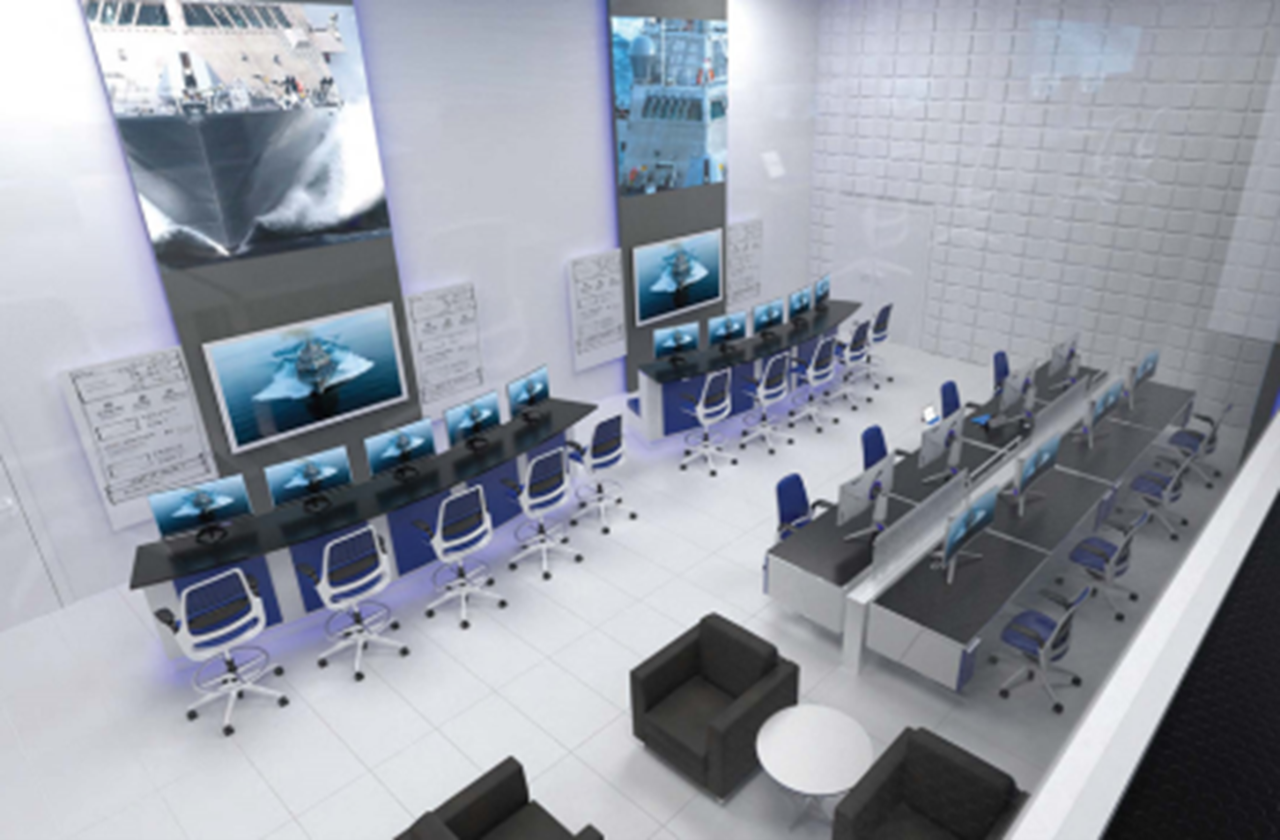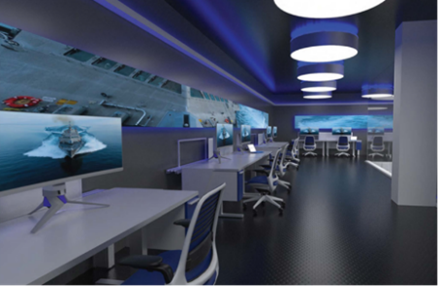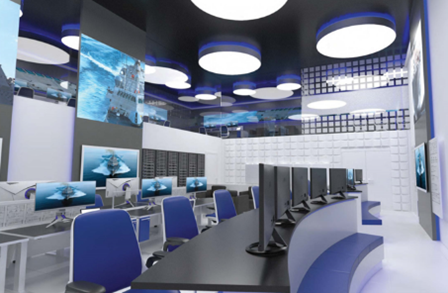How Faster Delivery, Higher Quality and Teamwork are Helping the U.S. Navy’s ICS Come Together
A decade ago, the Internet of Things took the world by storm. It promised connections between seemingly disconnected technologies to make our lives more efficient.
From appliances that talk to your smartphone to health trackers that communicate with loved ones, thanks to the cloud, it’s safe to say we are living in this connected world.
In a similar way, the U.S. Navy chose Lockheed Martin to help shift their operations towards an Integrated Combat System or ICS. This type of system ensures ships across the Navy’s fleet talk to and are compatible with each other, essentially making them a single system.
With today’s fast-moving threats, the stakes are high. At Lockheed Martin, we are leveraging decades of systems integrations experience to help the Navy achieve an ICS.
We do this through:
- Rapid delivery of technology
- Digital transformation, and
- Strategic investment.
Rapid Delivery
In today’s threat environment, more than ever, speed matters. But with the Navy’s current way of operating, getting the latest software to a naval ship means taking it out of service and replacing consoles and hardware. This is an expensive and time-consuming undertaking. With ICS, service members will get updates deployed to them through a secure download in near real-time.
Our team recently delivered the first combat systems software package intended for the Navy’s newest class of warship, the FFG 62 Constellation Class lead warship, three years before delivery of the ship.
Our Common Source Library, or CSL, made this early software delivery to FFG 62 possible. The (CSL) enables software reuse and commonality across the fleet through a robust computer repository.
It allows software updates to be developed and quickly released across the fleet in an efficient “build once, field many times” process.
This helps save two of the Navy’s most valuable resources: time and money.
Digital Transformation
It doesn’t take an expert to see that the global security environment is unpredictable. To stay ahead, the Navy is deploying AI-powered decision aids that help commanders plan courses of action faster.
As early adopters in the AI space, we are digitally transforming our programs and fielding technologies that deliver a tactical advantage to the fleet.
For example, one of our fielded AI technologies is able to autonomously recognize patterns that a human with conventional software decision aids wouldn’t be able to discern.
This AI-powered pattern recognition advances naval radars' ability to detect, track and identify emerging threats based on the electronic signatures present in the data.
Our digital transformation ecosystem encompasses the entire ICS workstream from design, algorithm, software development and automated test. It even supports the fleet after the delivery of the system.
Strategic Investments
While speed and transformation at an individual level are key, a truly Integrated Combat System can’t be realized by one company or organization. Achieving this level of interoperability requires teamwork – from requirements to production.
Because of this, we are strengthening our partnerships across industries to ensure the Navy has the best and most innovative software available.
In alignment with the Navy’s vision, we have funded and created a Partner Innovation Collaboration Center (PICC) at our Rotary and Mission Systems facility in Moorestown, New Jersey.
The PICC allows government and industry partners access to our state-of-the-art combat system development and test environment. This increased access provides solutions for the Navy’s most challenging technology needs and capabilities – now and in the future.



We have also invested in software that compresses weeks or months of build, test and deploy timelines into under 30 minutes. Our strategic investment in this software will save time and allow us to deliver capabilities to the military faster.
Why Does It Matter?
The move towards an ICS matters for one primary reason: Deterrence.
The coupling of today's hardware and software systems means adversaries are able to predict – with relative accuracy – how the fleet will move. With an ICS that connects each ship in the fleet through common software in a secure cloud, adversaries are less likely to know what’s coming next. And that could make the difference between deterrence and an undesired engagement.
Together with industry partners and the U.S. Navy, we are building connected systems that save seconds when seconds matter most, ensuring the U.S. and its allies remain ahead of ready.




